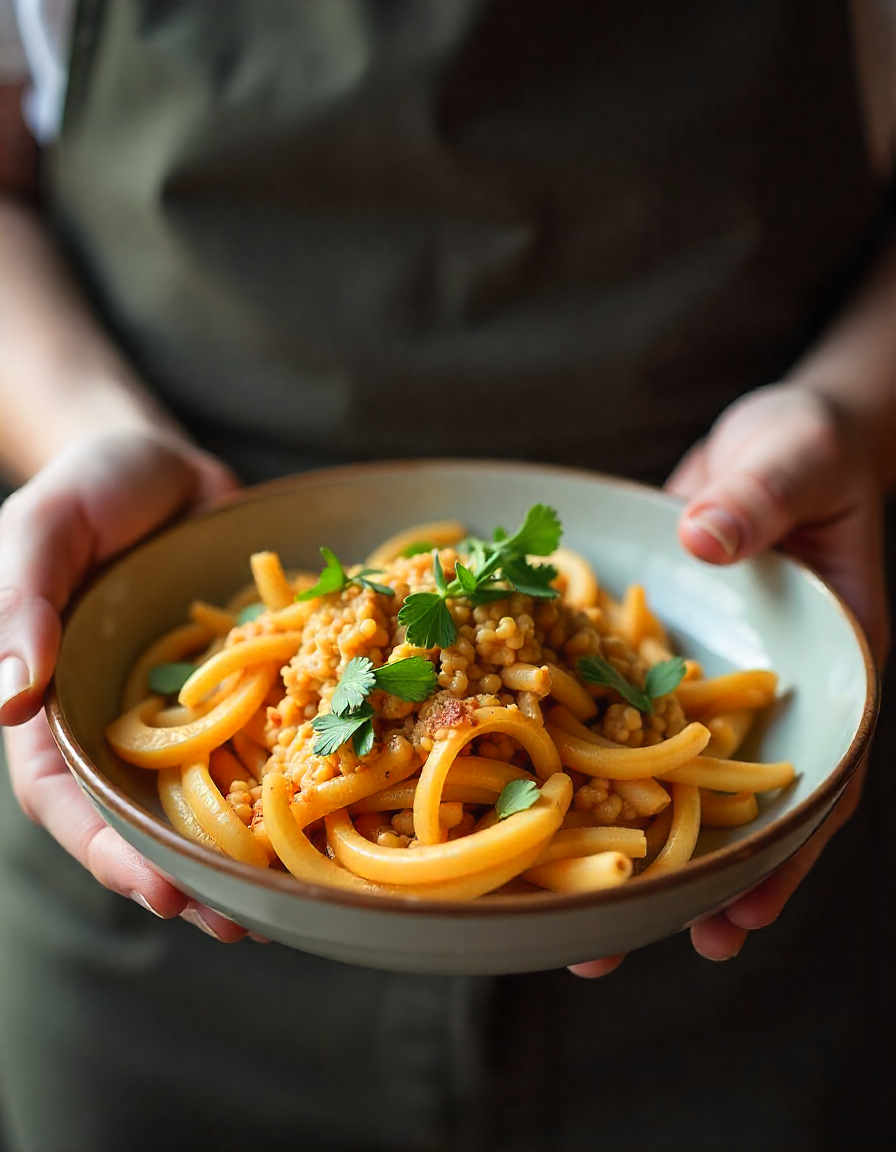Food is far more than what we put on our plates. It is the lens through which people understand their traditions, nourish their bodies, and connect with one another. Every culture tells a story through its cuisine. From the spice markets of India to the bread ovens of France, what we eat reflects both geography and history. Yet, in our modern world, food is also becoming a bridge that unites health, sustainability, and flavor.
This piece is not just about recipes or cooking tricks. Instead, it explores how food shapes identity, why thoughtful eating matters, and how small changes at the table can bring big rewards for body and mind.
Food as a Cultural Compass
When you travel to a new place, one of the most authentic ways to understand it is through its food. Cuisine is a living archive. Each dish carries centuries of migration, trade, adaptation, and creativity. Consider the humble tomato. Native to the Americas, it traveled across oceans in the 16th century and eventually became the heart of Italian cuisine. Imagine pizza or pasta without tomato sauce—it’s unthinkable today, yet it’s a relatively recent introduction in the grand sweep of history.
The same can be said for spices. Black pepper, once called “black gold,” was so valuable in Europe that it fueled exploration and even wars. Turmeric, long treasured in South Asia, is now finding its way into wellness lattes in trendy cafés around the world. What this shows us is that food is never static. It evolves, absorbing influences while still holding on to its roots.
For many families, food traditions also serve as a thread connecting generations. A grandmother’s stew or a father’s barbecue technique is more than just a meal—it is heritage passed from hand to hand, recipe to recipe.
Eating for Body and Mind
Beyond culture, food is also our most direct form of medicine. What we consume daily fuels not just physical energy but also emotional balance and cognitive sharpness. Research continues to show that balanced diets rich in whole grains, lean proteins, vegetables, and healthy fats support long-term health, lowering the risk of chronic illness.
Take the Mediterranean diet as an example. Centered on olive oil, fresh produce, nuts, and seafood, it is consistently linked to heart health and longevity. Yet it isn’t just about nutrients—it is also about the way food is eaten. Shared meals, slower dining, and savoring flavors play a role in reducing stress and improving relationships with food.
On the other hand, the growing global trend of processed and fast food brings with it rising concerns about obesity, diabetes, and nutrient deficiencies. But balance, not strict avoidance, is key. A slice of cake shared at a birthday or a burger enjoyed during a road trip has its place in a joyful life. The real goal is mindful eating: paying attention to how food makes us feel, both during the meal and long after.
Sustainability on the Plate
Another conversation shaping the future of food is sustainability. How we grow, transport, and consume our meals has enormous impact on the planet. Agriculture accounts for nearly one-third of global greenhouse gas emissions, and food waste alone is responsible for vast amounts of unnecessary loss.
Practical steps matter. Choosing seasonal produce reduces the carbon footprint of your meals. Supporting local farmers not only cuts down transport emissions but also strengthens communities. Reducing meat intake, even just one or two days a week, can have measurable environmental benefits.
Interestingly, many traditional diets naturally align with sustainable principles. Indian vegetarian thalis, Japanese miso soups with seaweed, or African grain-based dishes all demonstrate how ancestral eating often made wise use of local resources without excess. Rediscovering these traditions offers lessons for modern kitchens.
The Social Side of Food
Meals are not just fuel—they are rituals of connection. The dining table has historically been a stage for conversation, negotiation, and celebration. Anthropologists argue that early human communities bonded over shared meals, and that this practice was key in building trust and cooperation.
Even today, sitting down with family or friends often strengthens bonds more than any digital message or phone call could. A holiday dinner brings generations together. A picnic on the grass creates memories that last longer than the food itself. Even a casual coffee break can nurture friendships.
Cooking at home has seen a revival in recent years, particularly after global disruptions pushed people indoors. Many discovered the joy of baking bread, simmering soups, and experimenting with flavors. The act of preparing food is itself therapeutic—it slows down time, engages the senses, and results in something to be shared.
Rediscovering Simplicity
In an age where food trends come and go—keto, paleo, plant-based, intermittent fasting—it is easy to feel overwhelmed. Yet, the timeless wisdom often circles back to one principle: simplicity. Eating closer to nature, with less processing and fewer additives, is almost always better.
That doesn’t mean one must give up creativity. In fact, some of the world’s greatest dishes are simple in their essence. Think of a ripe tomato with fresh basil and mozzarella, drizzled with olive oil. Or a bowl of miso soup with just tofu, seaweed, and broth. The elegance of these meals lies in letting ingredients speak for themselves.
Home cooks can embrace this by focusing on quality rather than complexity. Fresh herbs, good bread, and a touch of spice can transform a meal without requiring hours in the kitchen.
Food as a Path to Mindfulness
Modern life is fast-paced, and many meals are eaten in front of screens or on the move. This robs us of the chance to truly enjoy flavors. Mindful eating is not about restriction—it is about presence. When you pause, take a bite slowly, notice textures and aromas, and listen to your body’s signals, you gain more satisfaction from less food.
Some traditions treat meals almost as ceremonies. In Japan, the act of eating with respect—appreciating the farmers, the cooks, and the earth itself—is deeply ingrained. In Mediterranean cultures, wine and bread are symbols of community and gratitude. Bringing a touch of this reverence to our daily meals transforms them from routine to ritual.
Looking Forward
The future of food will be shaped by both innovation and tradition. Technology is bringing lab-grown meat, vertical farms, and AI-assisted recipe creation into the culinary scene. At the same time, there is a resurgence of interest in fermentation, heritage grains, and ancient cooking methods. The meeting point of these two forces—modern science and ancestral wisdom—may well define how we nourish ourselves in the decades ahead.
What remains certain is that food will continue to be more than nutrition. It will be memory, culture, identity, and connection. Whether one is experimenting with flavors in a kitchen, exploring street food on travels, or gathering around a table with loved ones, food will always be the common language of humanity.
Final Thoughts
To eat well is to live well. The choices we make each day—what to cook, how to share, which ingredients to honor—shape not only our bodies but our communities and our environment. Food is one of the few necessities that also offers endless pleasure. By approaching it with curiosity, respect, and care, we gain far more than a full stomach. We gain nourishment for both body and soul.

